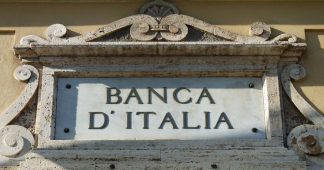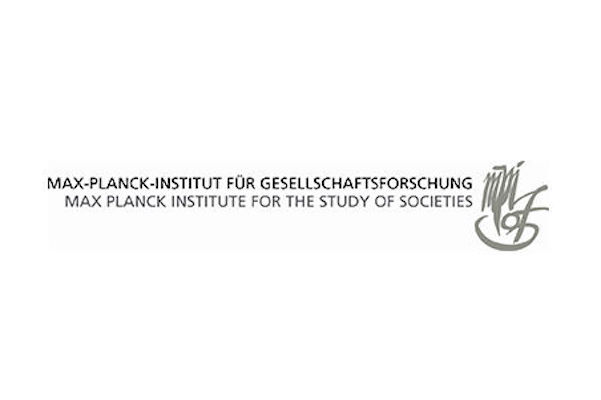IMK Report 139,
June 2018
by Andrew Watt Sebastian Watzka
AT A GLANCE
– The institutional set-up of the Euro Area remains incomplete. The recent return of turbulence in government bond markets resulting from the initially failed attempt to form a government in Italy highlights the ongoing and inherent fragility of the Euro Area.
– Some important progress has been made since the crisis, belatedly and often imperfectly, in reforming the institutional framework of the Euro Area. However, the existential weaknesses – re-denomination risk given doubts about financial
stability and the effectiveness of the Lender-of-Last-Resort-function of the ECB, together with the inadequacy of measures to address inherent divergence trends between member countries – have not been resolved. For as long as that is so, the Euro Area will remain on shaky ground.
– This report reviews proposals to strengthen the institutional setup of the Euro Area. A package is proposed to complete the banking union, introduce symmetric macro economic policies preventing imbalances, and strengthen the institutional reforms underpinning convergence and stability.
– Jointly implemented, the reform package would rectify the over-reliance on the ECB as a firefighter, and put Euro Area institutions and member states – with the involvement of governments, parliaments and social partners – in charge of dealing with intra-euro area imbalances and keeping growth close to potential. The more a preventive approach can be reinforced, the less recourse is needed to euro-level emergency measures, the greater will be the confidence that such measures can be introduced without risking “moral hazard”.
– Time is running out – the various proposals are on the table. Choices and trade-offs need to be made, bearing in mind that the perfect must not be allowed to be made the enemy of the good. Policymakers must make those choices swiftly, find the necessary political compromises and implement them before it is too late.
INTRODUCTION
The institutional set-up of the Euro Area remains incomplete. The recent return of turbulence in government bond markets resulting from the initially failed attempt to form a government in Italy, which saw yields spiking sharply, highlights the ongoing and inherent fragility of the Euro Area. Despite important reforms that have extended the stabilisation capacity of monetary policy, reforms of the fiscal framework and other economic governance mechanisms, not least in the area of banking supervision and resolution over the last years, the Euro Area is still prone to shocks threatening its financial stability and overall macroeconomic performance.
There are three main areas of major, interlinked, institutional weaknesses, as revealed by the crisis and since only partially addressed. First, as widely acknowledged, from an optimal currency area perspective and given its limits on labour mobility, the Euro Area lacks sufficient fiscal and financial integration to adequately cope with asymmetric shocks. More fundamentally there is a built-in tendency to cyclical divergence due to self-reinforcing imbalances (Horn and Watt 2017). For a common nominal interest rate, real interest rates are lower in booming economies with a tendency to higher inflation, than in stagnant, low-inflation economies. Because counter-acting forces (e.g. countercyclical fiscal policy) and institutions are too weak, this generates boom-bust cycles, the build-up of competitive and current account imbalances, and the phenomenon of what Olivier Blanchard termed “rotating slumps”.
Secondly, a fundamental uncertainty hangs over the public finances of Euro Area member states because they are not fully backed by their own currency-issuing central bank, and the Lender-of-Last-Resort (LOLR) function at Euro Area level is so far limited to the ECB’s promise to do “whatever it takes” and the untested and conditional OMTprogram. National sovereign bonds can be subject to self-fulfilling speculative attacks. Holders of such bonds – and of private-sector assets – nowadays not only face the risk of haircuts, but of fundamental “redenomination risk”, i.e. the perceived threat of Euro exit and subsequent devaluation fears, despite the fact that this is explicitly ruled out in the Treaties. The Euro Area as a whole lacks a safe asset, a security whose nominal value is secure even in a crisis. Linked to this is the so-called “doom loop” between national governments and the domestic banking system, in which either declining values of government bonds held by domestic banks or banking crises requiring government intervention become mutually reinforcing.
The third critical area relates to the rules governing member state economic and especially fiscal policy. Many of them are asymmetrical – only constraining countries with debt and deficit ratios considered excessive. They work procyclically in practice – because supposedly “structural” measures actually contain a substantial cyclical component. They do not safeguard, indeed they give incentives to cut back, public investment in a downturn. And they give scant regard to the need for an appropriate aggregate fiscal stance, leaving monetary policy overburdened in a crisis.
Since the crisis, the EU and the member states have together embarked on a substantial programme of institutional reform. We review the main elements and examine what has been achieved and where significant gaps remain. That the gaps are still significant is reflected in the ongoing flood of proposals: from the European Institutions, e. g. the Five Presidents’ Report (Juncker 2015); from national governments (most notably the proposals by French President Macron), and also from academics and policy-advisory bodies. We review some of the main ideas below. We then present against this background our own set of proposals for institutionally stabilising the Euro Area. If anyone was in any doubt about the urgency of the reform requirements – and it appears that many, not least in Germany, have been – financial market reactions to the tortuous government formation in Italy have brought home that Europe will have to make a qualitative leap forward to complete the half-finished architecture of EMU, otherwise it risks being swept into the dustbin of history.
Read more at https://www.boeckler.de/pdf/p_imk_report_139_2018.pdf











